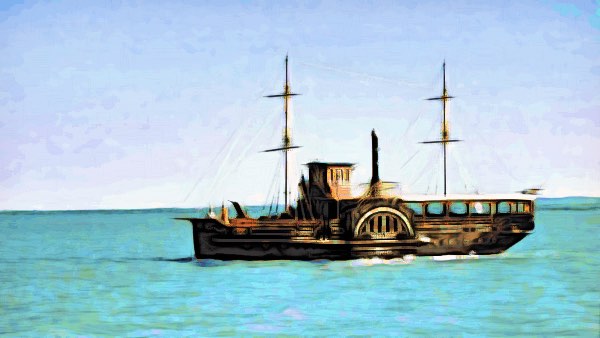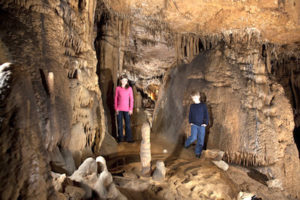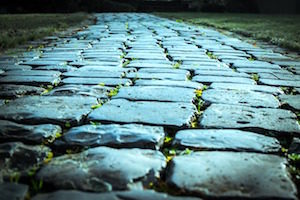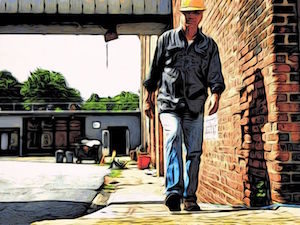Oh, What a Tangled Web We Weave

If you're not a fan of spiders, you may want to skip this one. Otherwise, I just might’ve already snared you:
Spider silk is one of the most magnificent substances in nature, and there are a ton of different types of spider silk.
The silk can be used to capture prey. Along with their classic web-shaped design, spiders build webs in orbs, tangles, sheets, lace, and domes. One type of spider even lowers single-strand webs to go fishing.
Spiders tie up their prey in webs; a few species actually have venomous webs they use for this purpose. Other spiders produce extremely lightweight webs for “ballooning”—spiders blown along for dozens or even hundreds of miles by the wind, often in enormous swarms. (Yay, Australia!) Others use silk to lay trails to and from their web, and create alarm lines with it.
On top of that, spiders usually are capable of creating multiple types of silk—up to seven types in a single species.
Humans have studied and adapted countless different uses for spider silk. The spider-silk protein is comparable in tensile strength to high-grade alloy steel at one-sixth the density. We have stronger materials, like Kevlar, but none nearly so lightweight. (The strongest spider silk variety is more than ten times stronger than Kevlar.)
Spider silk is extremely stretchy and ductile, retaining its useful properties across a huge temperature range. The silk even makes for excellent bandages, due to its antiseptic qualities, and contains high amounts of vitamin K, which is useful in clotting blood.
Yes, the stuff that spiders spin is extremely useful. So, why don't we use it industrially? Because spider-farming doesn't work. Spiders eat each other. Instead, we've turned to genetic engineering. We've tried altering silkworms, E. Coli, goats (they produced it in their milk), tobacco plants, and potato plants to produce the protein.
We haven't mastered silk well enough to mass-produce, yet, but it'll happen eventually. (And then we'll get spider-web suspension bridges. Completely not creepy!)
_________
Quotable
Oh, Yard Ramp Guy, weave through this:
“The difference between utility and utility plus beauty is the difference between telephone wires and the spider web.”
— Edwin Way Teale

 During the 1130s in China, the Son Dynasty employed heavy deployment of
During the 1130s in China, the Son Dynasty employed heavy deployment of  Marengo Cave
Marengo Cave


 We’ve heard of the Stone Age, the Bronze Age, and the Iron Age. And yet, we aren't commonly taught why those ages occurred in that order. Which is just too bad, since it's pretty darn interesting.
We’ve heard of the Stone Age, the Bronze Age, and the Iron Age. And yet, we aren't commonly taught why those ages occurred in that order. Which is just too bad, since it's pretty darn interesting.